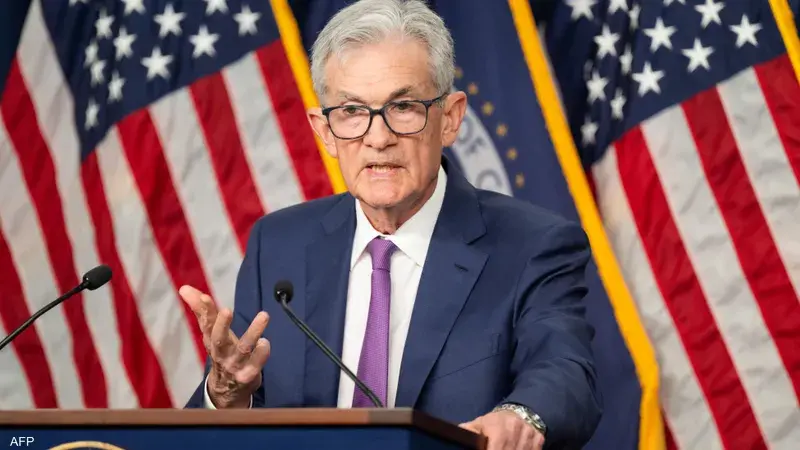Bloomberg Editors: The Fed Was Right to Hold Off on Interest Rate Cuts Amid Conflicting Economic Signals
- Next News
- 4 days ago
- 2 min read
The Federal Reserve recently resisted political pressure from the White House and left interest rates unchanged, a decision that Bloomberg editors argue was the correct one. While Fed Chair Jerome Powell acknowledged that the arguments for a rate cut were slightly stronger than in June, the conflicting economic data and increasing uncertainty made a cautious, wait-and-see approach a logical and wise move.

Conflicting Economic Data Justifies Caution
Powell explained that the Fed is navigating a complex set of data points. On one hand, indicators suggest a slowdown in economic growth, a reduced pace of hiring, and a slight uptick in the unemployment rate to 4.2% in July. Despite this increase, the Bloomberg editors note that the unemployment rate remains consistent with the Fed's "maximum employment" mandate.
On the other hand, inflation remains a significant challenge, still exceeding the Fed's 2% target. The core inflation rate stood at 2.8% year-over-year through June, and there is considerable uncertainty about the future impact of new tariffs imposed by the U.S. administration on prices. In this environment of conflicting information, there was no urgent need to alter the current course of monetary policy, and a clearer picture is expected to emerge by the next Fed meeting.
Market Expectations and the Debate over the "Neutral" Rate
While investors didn't anticipate an immediate change to the current interest rate of 4.25% to 4.5%, many hoped for a clearer signal about a potential future cut. However, Powell explained that it's impossible to predict how the situation will evolve, particularly whether the inflation risk from tariffs will outweigh the jobs risk from a "slightly higher" interest rate. Given the current circumstances, the Fed had no solid basis for signaling its future actions.
The article also highlights the ongoing debate about the "neutral" interest rate—the rate that neither stimulates nor slows aggregate demand. While many investors assume this rate is around 3%, there's a significant divergence of opinion among Fed policymakers, with estimates ranging from 2.5% to 3.9%. This ambiguity makes it difficult to definitively determine whether the current rate is truly above the neutral level.
Criticism from the White House and a Message to the Administration
The article describes the White House's view—that tight monetary policy is choking the economy and requires a substantial rate cut—as "perplexing," especially since demand is currently sufficient and unemployment is low. The Bloomberg editors caution that cutting the benchmark rate may not be beneficial and could easily worsen the situation by fueling inflation expectations and pushing up long-term borrowing costs.
In conclusion, the article asserts that the Fed's assessment is sound for now and delivers a subtle message to the U.S. administration to "ease up on its criticism." Doubts about the Fed's independence could have a negative impact on the economy.









Comments